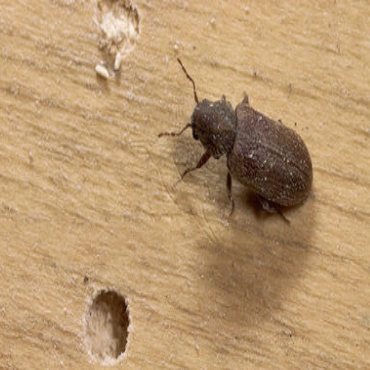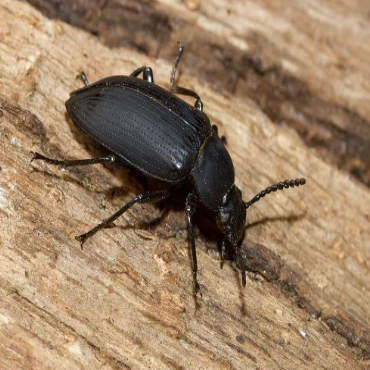Expert Wood Borer Management
Wood Borer Management
The life cycle of wood-boring beetles consists of egg, larva, pupa and adult. Only the larva and adult stages feed. Though adults of some species damage wood, the larvae do the most damage.The larval stages of these beetles, which cause most of the damage, are commonly known as woodworms.While humans perceive these insects as a useless nuisance, they actually play a very important part in forest ecology. As they usually feast on dead or dying trees, they serve as primary decomposers of trees and recyclers of the relatively hard to decay wood matter.


Why are they considered as Pests
Larvae of wood-boring insects are most destructive for Wooden materials. Left uncontrolled, wood-boring beetles can compromise the structural integrity of furniture, furnishings, buildings, and homes. How can such tiny beetles do so much damage? Because unless you know the signs, you may never know they're present while they slowly eat away at wood for months and even years. It should be noted, though, that not all wood is attractive to wood-boring beetles, and different species will actually seek out different and very specific kinds of wood.
Sign of Wood Borer Infestation
How to we Prevent them
Preventing infestations with wood borer beetles is desirable, as getting rid of them will be more difficult than simple preventive measures. Wood-boring beetles attack harvested wood in structures, and so they can damage almost any wood product. These may include wooden pallets, crates, or shipping carts; firewood; and household wooden items such as picture frames, broom handles, bamboo and bamboo products, wicker baskets and furniture, carved wooden art objects, wooden artifacts, decorative driftwood, wooden furniture, and wood paneling. Inspect timber and wood products when selecting, if possible, or when delivered to your home for emergence holes;
Use wood that his been properly dried to reduce moisture that is favorable to wood-infesting beetles;
Firewood should be debarked, split (to speed drying), and stored away from structures, and never stored for a lot of time inside;
Reduce moisture inside the home with proper ventilation, drainage, and dehumidifiers.
Treat unfinished wood with a borate product to prevent damage from wood-destroying organisms;
Infested branches or limbs outdoors can be burned; Applying polyurethane, varnish, or paint prevents wood infesting beetles from boring into timber.
Treatment Options
There are several treatmet Options available to manage Wood Borers . However, the best way to get the wood treated prior use. The Raw wood treatment is key . Heat treatment prior policing and paint is a good way to kill any preexisiting borer infestation . Alternatively Pesticide treatment of raw with oil base chemical also can get rid of any infestation. If the infestation observed Post manufacturing of furnitures the borer holes can be treated by injecting chemicals to each holes followed by a fine residual spray on entire wood surface, however there always remains a chance of a future reinfestation and it do not hold long warranty.
